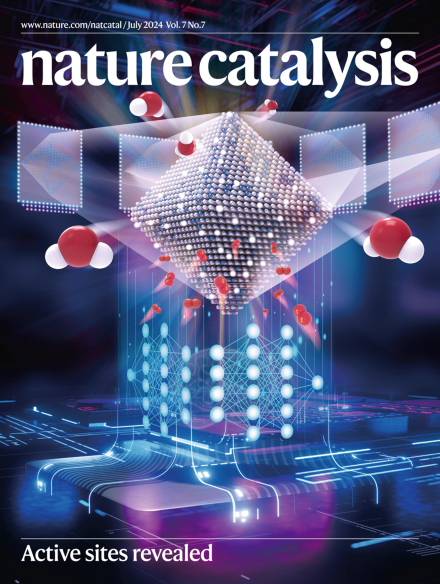
Read our July issue
Nature Catalysis covers all areas of catalysis, incorporating the work of scientists, engineers and industry. July issue now live.

Nature Catalysis covers all areas of catalysis, incorporating the work of scientists, engineers and industry. July issue now live.


Aqueous zinc-ion batteries are attractive due to their low cost, environmental friendliness, and exceptional performance, but the latter remains poorly understood. Now, a fast catalytic step involved in oxygen redox catalysis is shown to contribute to capacity at a high rate.